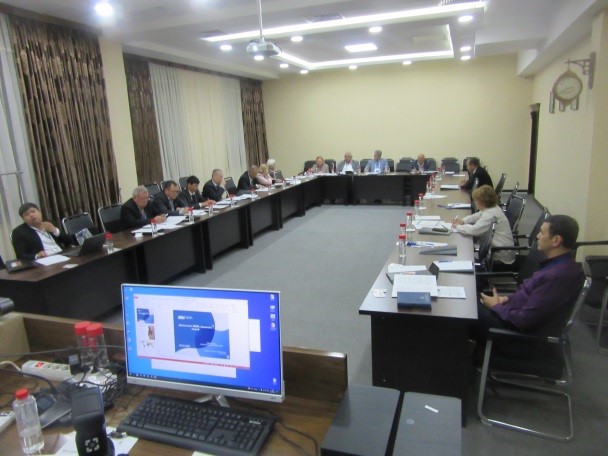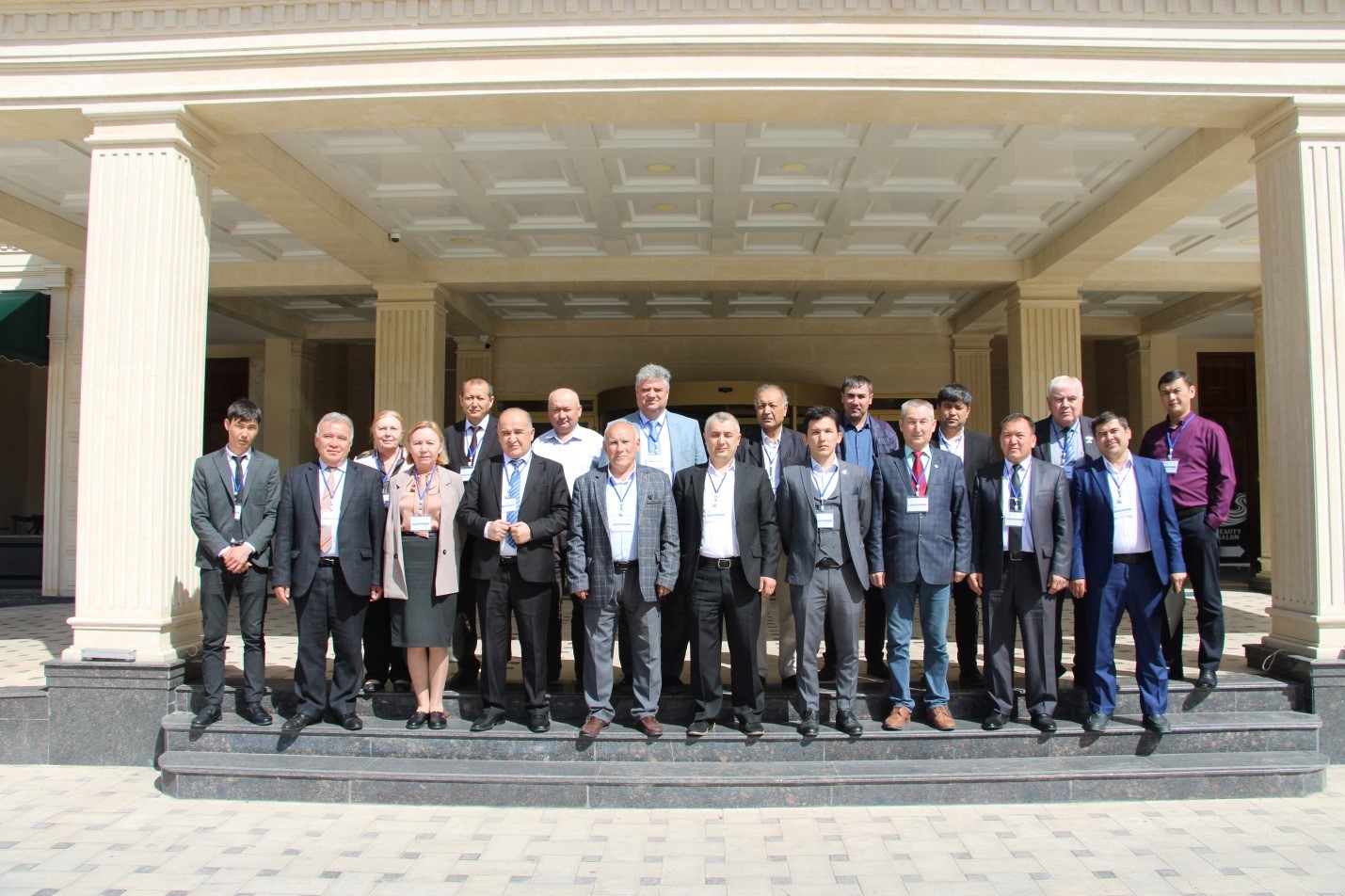The Republic of Uzbekistan is an arid country located in the center of Central Asia in the Aral Sea basin and with no access to the ocean.
 One of the reasons of drought is the stationary anticyclone over a large land area, characterized by low cloudiness, an abundance of sunshine, lack of precipitation and dry air. Atmospheric drought increases plant transpiration and soil drying, which leads to soil drought. Lack of soil moisture leads to agricultural drought, reducing crop yields. Reduced river flow, lack of water for irrigation also leads to agricultural drought.
One of the reasons of drought is the stationary anticyclone over a large land area, characterized by low cloudiness, an abundance of sunshine, lack of precipitation and dry air. Atmospheric drought increases plant transpiration and soil drying, which leads to soil drought. Lack of soil moisture leads to agricultural drought, reducing crop yields. Reduced river flow, lack of water for irrigation also leads to agricultural drought.
According to the World Resources Institute, Uzbekistan ranks 25th among countries suffering from water stress.
In the last decade drought becomes more frequent in the summer and autumn seasons, especially in the lower reaches of the Amudarya River and in the vicinity of the former Aral Sea.
According to the World Bank regional survey, the losses caused by the agricultural drought in 2000-2001 in Uzbekistan amounted to 130 million US dollars. According to other sources, the amount of damage is estimated at 38-40 million USD. Significant losses were noted in the livestock sector.
The Global Water Partnership (GWP) expressed its readiness to provide technical and methodological support for the preparation of the concept of a national plan to combat drought in Uzbekistan. This support is funded by the US National Oceanic and Atmospheric Administration.
From December 2021 to March 2022, with the involvement of national experts, an Overview of the current state of drought management in Uzbekistan, as well as the concept of the National Drought Management Plan, was prepared. The goal of the national plan is to address drought-related issues through monitoring and early warning, vulnerability and risk assessment, and drought mitigation and adaptation measures.
On April 5, 2022, a workshop was held in Tashkent to discuss the necessary steps to develop a National Drought Management Plan 2023-2030. The workshop was attended by representatives of all ministries, departments, research institutes, non-governmental organizations involved in the problem of droughts.
by representatives of all ministries, departments, research institutes, non-governmental organizations involved in the problem of droughts.
As a result, recommendations were given on the content of the national plan, namely:
The first priority area is capacity development for monitoring, risk assessment and drought prevention: strengthening the technical base of the Hydrometeorological Service and introducing innovative solutions for drought monitoring and forecasting; development of a drought monitoring and early warning system that will improve the decision-making process for planning and managing risks regarding the impact of drought on food and water security.
The second priority is drought mitigation. This includes the development of measures to address water scarcity issues based on monitoring and early warning data: the degree of expected low water and drought (a set of indicators) is a criterion for the adoption of certain action plans to mitigate the effects of the expected drought.
The third priority area is capacity building and awareness raising: it is important to raise the awareness of the rural population (including women) about climate change adaptation and effective agricultural practices.
The fourth priority area is to actively develop regional cooperation: given the transboundary nature of the effects of drought, cooperation between the countries of the region is extremely important. In this regard, participants turned to the Global Water Partnership to provide all possible assistance in activating regional and international cooperation on drought risk reduction.
